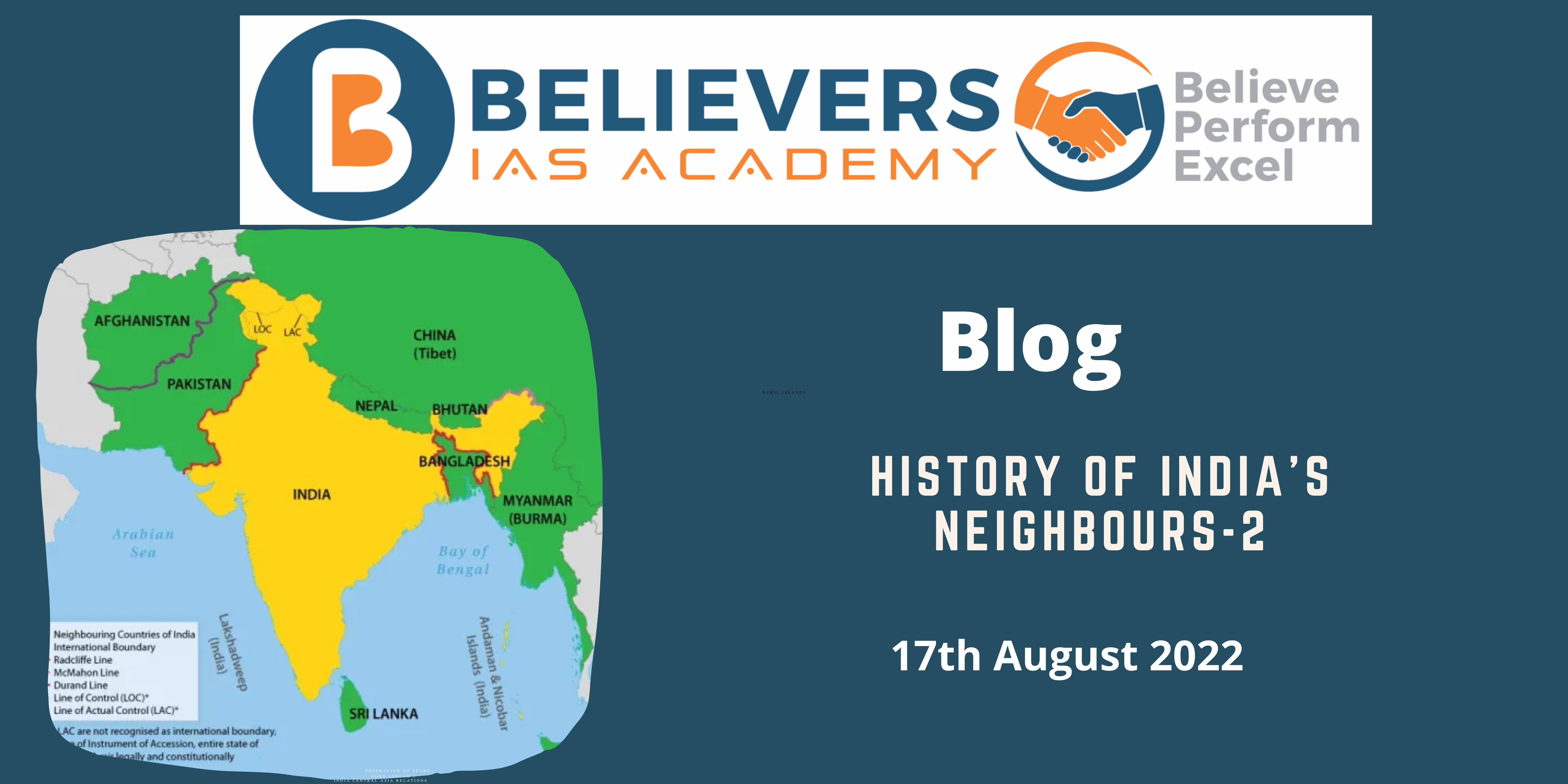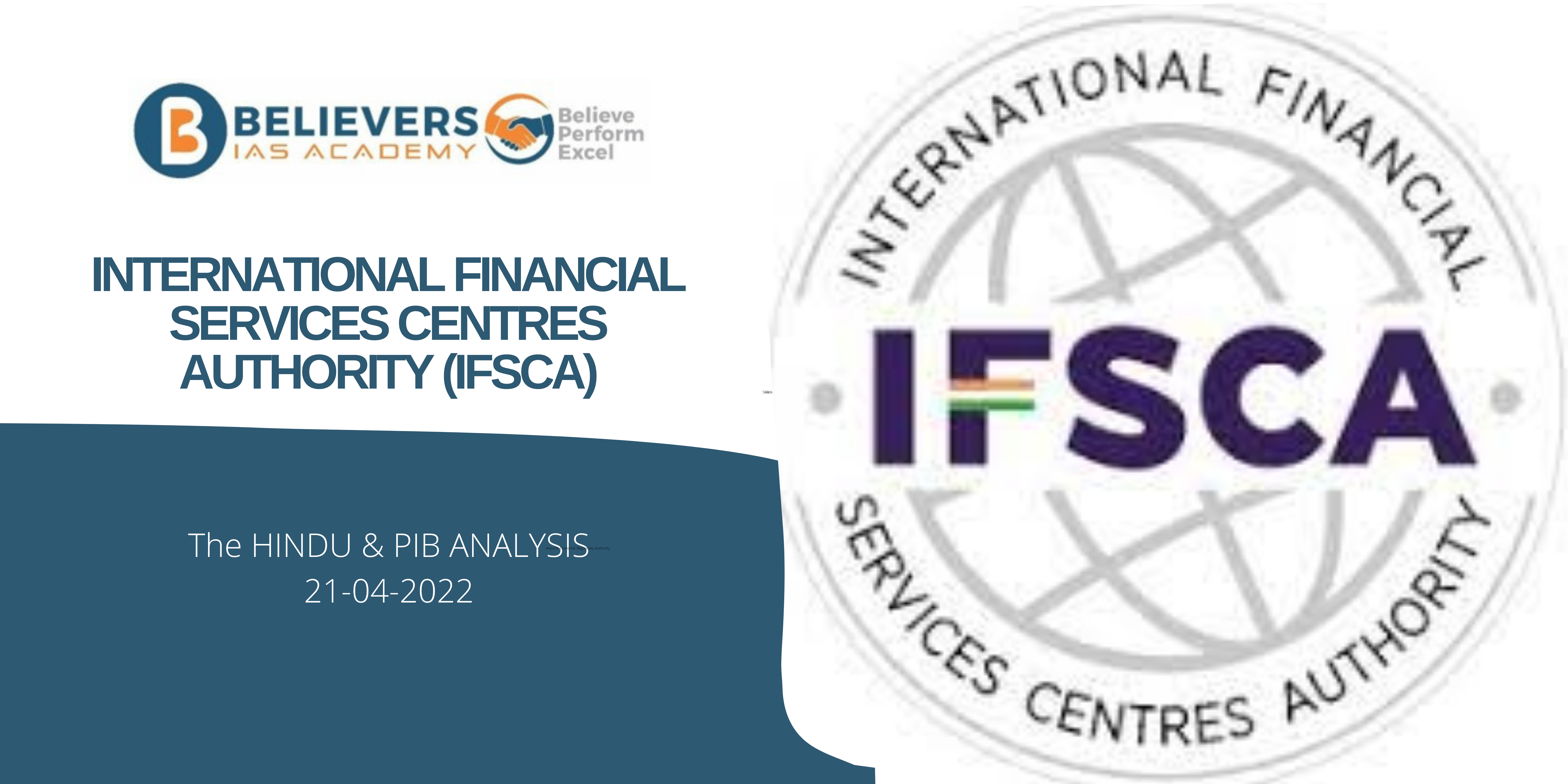What is the Pradhan Mantri Matsya Sampada Yojana?
- The Government of India launched the Pradhan Mantri Matsya Sampada Yojana to provide a comprehensive framework and close infrastructure deficiencies in the fisheries sector.
- On July 5, 2019, when presenting the Union budget for 2019–20 to the Indian parliament, Finance Minister Nirmala Sitharaman announced the program. With the implementation of Neeli Kranti (also known as the “Blue Revolution”), the government hopes to make India the world leader in the production and processing of fish.
- The government’s goal is to increase farmers’ incomes by 2022–2023. This program supports that goal.
What is Blue Revolution?
- Between 1985 and 1990, the Neel or Nili Kranti Mission, often known as the Blue Revolution, was launched in India. The Blue Revolution set out to build, manage, and promote fisheries to double farmers’ revenue. Through the use of innovative methods for fish breeding, rearing, marketing, and exporting, the Blue Revolution aimed to improve aquaculture. Additionally, the Blue Revolution promoted fishing among social groups who were disadvantaged economically, including women, scheduled castes, and scheduled tribes.
- Dr. Hiralal Chaudhuri is an Indian Bengali fisheries scientist who created the Blue Revolution. The concept of induced carp breeding was created by Chaudhuri. Fishing is a long-established occupation in China, where the Blue Revolution originally began.
What is the background behind the PMMSY?
The background behind the Pradhan Mantri Matsya Sampada Yojana (PMMSY) stems from the significance of the fisheries sector in India and the need for its sustainable and responsible development.
- Importance of the Fisheries Sector: Fisheries and aquaculture are critical to India’s economy and society. Millions of people around the country rely on them for food, nutrition, jobs, and revenue. Fish is also a good source of animal protein, making it an important part of the Indian diet.
- Economic Contribution: The fishing sector makes a major contribution to India’s Gross Value Added (GVA). It accounted for Rs. 2,12,915 crores at current basic prices in 2018-19, accounting for 1.24% of total National GVA and 7.28% of Agricultural GVA. This demonstrates the sector’s economic potential.
- Growth Prospects: India’s fisheries sector has shown exceptional growth, with an average annual growth rate of 10.88% from 2014-15 to 2018-19. Fish output has steadily increased, hitting an all-time high of 137.58 lakh metric tons in 2018-19. Additionally, marine product exports increased during 2018-19, reaching 13.93 lakh metric tons and worth Rs. 46,589 crores (USD 6.73 billion).
- Vision of the Government: The Indian government has set ambitious targets for the fisheries sector, intending to double fishermen’ and fish growers’ incomes while fostering economic growth. Recognizing the enormous potential for sector development, the government launched the Pradhan Mantri Matsya Sampada Yojana (PMMSY) in the 2019-20 Union Budget.
What are the aims and objectives of the scheme?
- Harnessing Fisheries Potential: PMMSY seeks to maximize the potential of the fisheries sector in a way that is sustainable, responsible, inclusive, and equitable.
- Improving Fish Output and Productivity: The project aims to improve fish output and productivity by expanding, intensifying, diversifying, and making better use of land and water resources.
- Modernizing and Strengthening Value Chain: PMMSY strives to modernize and strengthen the value chain, including post-harvest management and quality development, to ensure that fish products meet high standards.
- Income Doubling: One of the primary goals of PMMSY is to double the incomes of fishers and fish farmers, thereby enhancing their economic well-being.
- Contribution to Agriculture GVA and Exports: The initiative intends to increase the contribution of the fisheries sector to agricultural GVA and exports of fish and fishery products.
- Social, Physical, and Economic Security: PMMSY aims to give fishers and fish farmers with social, physical, and economic security, ensuring their well-being.
- Robust Fisheries Management and Regulatory Framework: The scheme’s goal is to construct a strong fisheries management and regulatory framework to support the sector’s long-term development.
What is the implementation strategy of the scheme?
The Pradhan Mantri Matsya Sampada Yojana (PMMSY) implementation strategy is intended to holistically develop India’s fisheries sector through several measures. It entails a multi-pronged approach centred on collaboration among the central government, state/union territory governments, and numerous stakeholders.
- Umbrella Scheme: PMMSY is structured as an umbrella plan, which means that it encompasses a wide range of interventions along the fisheries value chain, from production to consumption.
- Partnership with States/UTs: While the majority of operations under the scheme are carried out in collaboration with states and union territories, the central government bears the whole cost in several essential areas of national importance.
- Balanced Approach: The program intends to strike a balance between production and productivity initiatives, such as technology infusion, post-harvest infrastructure development, value chain strengthening and modernization, and the building of a strong management and regulatory framework.
- Private Sector Participation: PMMSY fosters an atmosphere that encourages private sector engagement, the growth of entrepreneurship, business models, and the promotion of ease of doing business. It promotes innovation and innovative project activities, including support for fisheries startups and incubators.
- Cluster-Based Approach: The strategy encourages cluster or area-based techniques to improve competitiveness, economies of scale, and organized growth. Potential growth clusters and locations for fisheries and aquaculture development will be identified and developed with the necessary interventions and facilities.
- Convergence and links: PMMSY promotes convergence and links with other national and state government initiatives to consolidate and amplify benefits while saving public resources. It works with programs such as the Sagarmala Project, PMKSY, MGNREGS, and the Rashtriya Krishi Vikas Yojana (RKVY), among others.
How is this scheme going to be funded?
- CSS funding will be divided among the Centre and the States/UTs based on category.
- CSS activities are divided into two types: beneficiary-oriented and non-beneficiary-oriented.
- CSS efforts for livelihood and nutritional support are funded in a specific way.
- The Central Government funds Central Sector Scheme (CS) activities.
Who are the beneficiaries of the scheme?
- Beneficiaries include fishers, fish farmers, fish workers, cooperatives, entrepreneurs, and marginalized groups such as SCs/STs, women, and people with disabilities.
- End Implementing Agencies (EIAS) will include Central Government entities, State/UT Governments, State Fisheries Development Boards, and other essential agencies in the implementation process.




